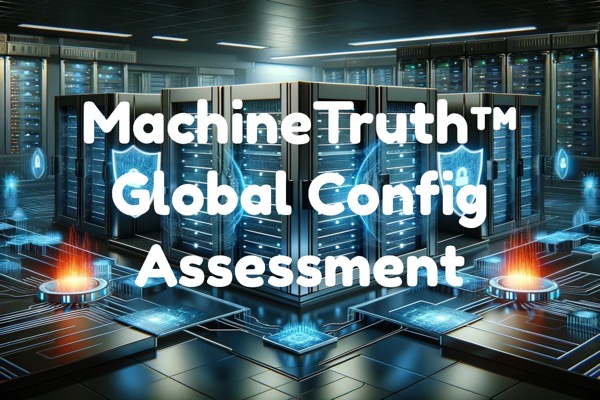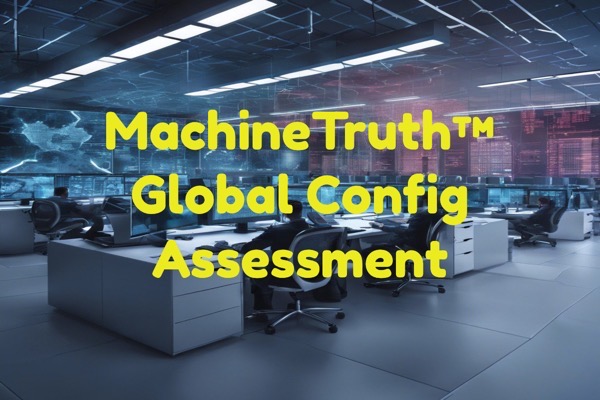As organizations work to strengthen their cybersecurity posture, the CIS Critical Security Controls provide an excellent framework to build upon. In the latest Version 8 of the Controls, Control 12 focuses on establishing, implementing, and actively managing network devices to prevent attackers from exploiting vulnerable access points.
Within Control 12, Safeguard 12.8 specifically calls for enterprises to “segment administrative activities to dedicated machines, accounts, and networks.” This is critical for reducing the risk of credential compromise and lateral movement if an admin account is breached. But how exactly can organizations go about meeting this Control? Let’s look at four potential approaches.
1. Dedicated Admin Workstations
One straightforward option is to provision separate physical workstations that are used exclusively for administrative tasks. These admin workstations should be hardened with strict security configurations and have limited network access. Ideally, they would have no direct internet connectivity and be logically separated from the primary corporate network.
Activities like managing network devices, administering user accounts, and accessing sensitive databases should only be performed from these dedicated and secured admin workstations. This greatly reduces the attack surface and opportunity for threats to compromise admin credentials.[1][2][3][8]
2. Privileged Access Workstations (PAWs)
A similar but more formalized approach is to implement Privileged Access Workstations (PAWs). These are specially-configured systems that admins must log into to perform their privileged duties.
PAWs enforce strong authentication requirements, have limited internet access, and are tightly restricted in what applications and activities are allowed. They are typically used for the most sensitive admin functions like domain administration, server management, and access to confidential data. Microsoft provides extensive guidance on designing and deploying PAWs.[2][8]
3. Jump Servers / Bastion Hosts
Another architectural option to segment administrative activities is to deploy hardened “jump servers” or “bastion hosts.” These are intermediary servers that admins must first connect to before accessing infrastructure systems and devices.
All administrative connections and activities are proxied through these closely monitored jump servers. Admins authenticate to the jump host first, then connect to target devices from there. This allows strict control and audit of administrative access without directly exposing infrastructure to potential threats.[3]
4. Virtual Admin Environments
Virtualization and cloud technologies provide additional opportunities to segment admin activities. Organizations can provision logically isolated virtual networks, VPCs, virtual desktops, and other environments dedicated to administrative functions.
These virtual admin environments allow strict control over configurations, access, and permissions. They can be dynamically provisioned and decommissioned as needed. Admin activities like server management, network device configuration, and database administration can be performed within these controlled virtual environments, separated from general user access and systems.[8]
Choosing the Right Approach
The optimal approach to meeting CIS Control 12.8 will depend on each organization’s unique network architecture, admin use cases, and risk considerations. Larger enterprises may utilize a combination of PAWs, jump servers, and virtual admin networks, while a smaller organization may find that a simple deployment of dedicated admin workstations meets their needs.
The key is to analyze administrative activities, determine appropriate segmentation, and enforce strict controls around privileged access. By doing so, organizations can significantly mitigate the risk and potential impact of compromised admin credentials.
Proper administrative segmentation is just one of many important security considerations covered in the CIS Critical Security Controls. But it’s an area where many organizations have room for improvement. Assessing current admin practices and determining how to further isolate and protect those privileged functions is well worth the effort to strengthen your overall security posture.
Citations:
[1] https://ppl-ai-file-upload.s3.amazonaws.com/web/direct-files/13705336/b11ecb11-ff34-4836-80b0-0b302497c10d/advice.pdf
[2] https://www.swarthmore.edu/writing/how-do-i-write-a-compelling-conclusion
[3] https://paper.bobylive.com/Security/CIS/CIS_Controls_v8_Guide.pdf
[4] https://www.masterclass.com/articles/how-to-write-a-conclusion
[5] https://www.cisecurity.org/controls/v8
[6] https://www.cisecurity.org/controls/cis-controls-navigator
[7] https://www.armis.com/blog/see-whats-new-in-cis-critical-security-control-12-version-8/
[8] https://www.youtube.com/watch?v=MaQTv8bItLk&t=78
[9] https://sprinto.com/blog/cis-controls/
[10] https://writingcenter.unc.edu/tips-and-tools/introductions/
[11] https://writingcenter.unc.edu/tips-and-tools/conclusions/
[12] https://www.mytutor.co.uk/blog/students/craft-excellent-conclusion/
[13] https://www.semrush.com/goodcontent/content-marketing-blog/how-to-write-an-introduction/
[14] https://blog.hubspot.com/marketing/write-stronger-introductions
[15] https://www.linkedin.com/advice/0/what-best-practices-writing-introduction-engages
[16] https://www.wordstream.com/blog/ws/2017/09/08/how-to-write-an-introduction
[17] https://www.reddit.com/r/writing/comments/1rjdyj/tips_on_writing_a_great_essay_conclusion/
[18] https://controls-assessment-specification.readthedocs.io/en/stable/control-12/index.html
[19] https://writingcenter.fas.harvard.edu/conclusions
[20] https://owl.purdue.edu/owl/general_writing/common_writing_assignments/argument_papers/conclusions.html
* AI tools were used as a research assistant for this content.



